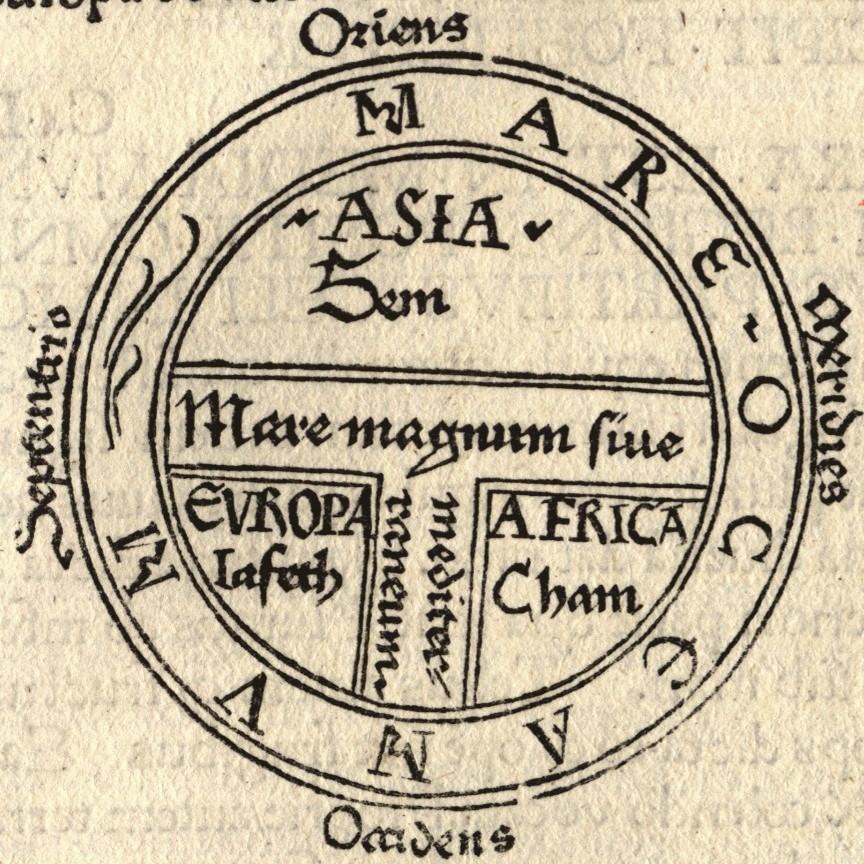|
Nefesh
A nefesh (from ; plural: ''nefashot'') is a Semitic people, Semitic funerary monument typically placed near a grave, intended to be seen from a distance as a visible marker of the deceased. Judea Jerusalem Some examples of monumental funerary sculpture near Jerusalem bear inscriptions that include the term ''nephesh'', and the word is generally accepted as a reference to the pyramid structure above or beside the tomb. Tomb of Absalom Standing among a group of tombs in Jerusalem, the tomb of Absalom is an important example of Second Temple period, Late Second Temple funerary architecture. To the lower left of the entrance to the tomb, the word ''nephesh'' is inscribed in Greek. In this context, the Greek ''nephesh'' is translated as two Hebrew-Aramaic words as ''nephesh'' and , now interpreted as an amalgam of "tomb" and "stele." The carved rock is thus a memorial that evokes the essence or spirit of the deceased. Jason's Tomb Dated to the first century BCE, Jason's Tomb ... [...More Info...] [...Related Items...] OR: [Wikipedia] [Google] [Baidu] [Amazon] |
Tomb Of Absalom
The Tomb of Absalom (), also called Absalom's Pillar, is an ancient Rock-cut tombs in ancient Israel, monumental rock-cut tomb with a conical roof located in the Kidron Valley in Jerusalem, a few metres from the Tomb of Zechariah and the Tomb of Benei Hezir. Although traditionally ascribed to Absalom, the rebellious son of King David of Israel (), recent scholarship has dated it to the 1st century AD. The tomb is not only a burial structure in its own right, with its upper part serving as a ''nefesh'' (funeral monument) for the tomb in its lower part, but it was probably also meant as a ''nefesh'' for the adjacent burial cave system known as the Cave or Tomb of Jehoshaphat, with which it forms one entity, built at the same time and following a single plan. The freestanding monument contains a burial chamber with three burial sites. The chamber is carved out of the solid lower section of the monument, but can only be accessed from the upper section via a built entrance and a stair ... [...More Info...] [...Related Items...] OR: [Wikipedia] [Google] [Baidu] [Amazon] |
Tomb Of Benei Hezir
The Tomb of Benei Hezir (), previously known as the Tomb of Saint James, is the oldest of four monumental rock-cut tombs that stand in the Kidron Valley, adjacent to the Tomb of Zechariah and a few meters from the Tomb of Absalom. It dates to the period of the Second Temple. It is a complex of burial caves. The tomb was originally accessed from a single rock-cut stairwell which descends to the tomb from the north. At a later period an additional entrance was created by quarrying a tunnel from the courtyard of the monument known as "the Tomb of Zechariah". This is also the contemporary entrance to the burial complex. Architecture The facade of the tomb is a classical distyle in antis with two pillars between two pilasters above which there is undecorated architrave containing an engraved a Hebrew inscription. Above the architrave is a Doric frieze and a cornice. The tomb's architectural style is influenced by ancient Greek architecture (two pillars with Doric capitals) as we ... [...More Info...] [...Related Items...] OR: [Wikipedia] [Google] [Baidu] [Amazon] |
Semitic People
Semitic people or Semites is a term for an ethnic, cultural or racial groupOn the use of the terms “(anti-)Semitic” and “(anti-) Zionist” in modern Middle Eastern discourse, Orientalia Suecana LXI Suppl. (2012) b Lutz Eberhard Edzard "In linguistics context, the term "Semitic" is generally speaking non-controversial... As an ethnic term, "Semitic" should best be avoided these days, in spite of ongoing genetic research (which also is supported by the Israeli scholarly community itself) that tries to scientifically underpin such a concept." [...More Info...] [...Related Items...] OR: [Wikipedia] [Google] [Baidu] [Amazon] |
Greek Language
Greek (, ; , ) is an Indo-European languages, Indo-European language, constituting an independent Hellenic languages, Hellenic branch within the Indo-European language family. It is native to Greece, Cyprus, Italy (in Calabria and Salento), southern Albania, and other regions of the Balkans, Caucasus, the Black Sea coast, Asia Minor, and the Eastern Mediterranean. It has the list of languages by first written accounts, longest documented history of any Indo-European language, spanning at least 3,400 years of written records. Its writing system is the Greek alphabet, which has been used for approximately 2,800 years; previously, Greek was recorded in writing systems such as Linear B and the Cypriot syllabary. The Greek language holds a very important place in the history of the Western world. Beginning with the epics of Homer, ancient Greek literature includes many works of lasting importance in the European canon. Greek is also the language in which many of the foundational texts ... [...More Info...] [...Related Items...] OR: [Wikipedia] [Google] [Baidu] [Amazon] |
Hasaitic
Hasaitic is an Ancient North Arabian dialect attested in inscriptions in the Eastern Province of Saudi Arabia at Thaj, Hinna, Qatif, Ras Tanura, Abqaiq in the al-Hasa region, Ayn Jawan, Mileiha and at Uruk Uruk, the archeological site known today as Warka, was an ancient city in the Near East, located east of the current bed of the Euphrates River, on an ancient, now-dried channel of the river in Muthanna Governorate, Iraq. The site lies 93 kilo .... It is written in the Monumental South Arabian script and dates from the 5th to 2nd centuries BC. Notes External links *http://www.uaeinteract.com/history/e_walk/con_3/con3_21.asp {{Semitic languages Arabic languages History of Eastern Province, Saudi Arabia Ancient North Arabian Extinct languages of Asia ... [...More Info...] [...Related Items...] OR: [Wikipedia] [Google] [Baidu] [Amazon] |



